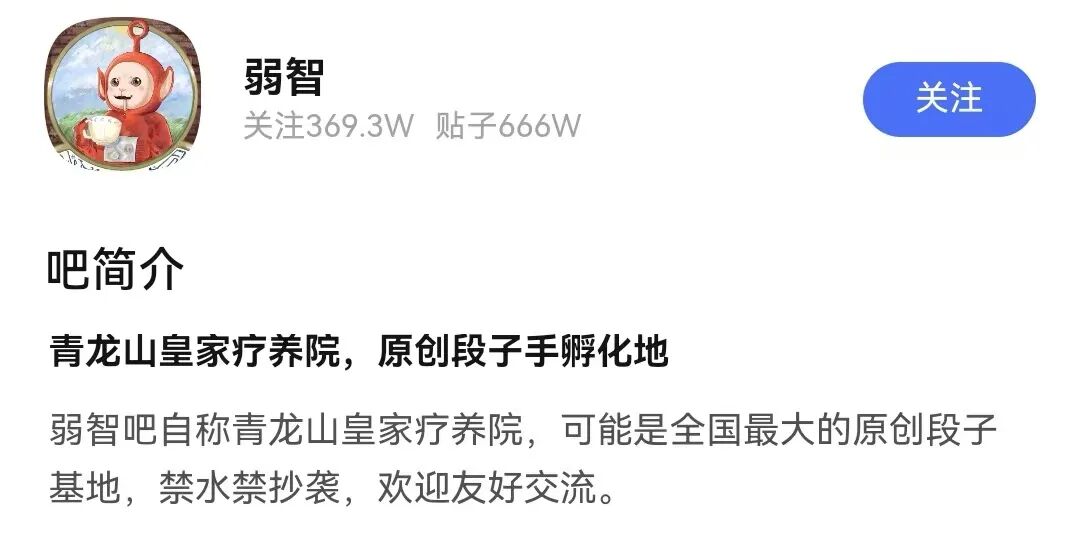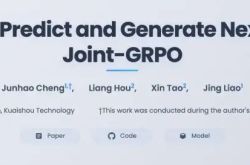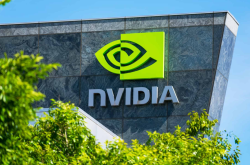In the GEO Era, Here's How Enterprises Can Seize the New AI Search Entry Point!
![]() 11/24 2025
11/24 2025
![]() 421
421
Layout Design: Er Yi

When in doubt, ask AI first.
A survey by the NORC Public Affairs Research Center in the United States reveals that the most widespread use of artificial intelligence (AI) is as a search engine.
An increasing number of people are starting to use AI search as a substitute for traditional search engines.
Data shows that the AI smart traffic of Baidu Search has witnessed significant growth, increasing from 24,314 visits in July 2023 to 39,199 visits in July 2024.
It has gradually become a behavioral habit of today's young people to turn to AI for answers whenever they have questions.

The 2025 College Students' AI Usage Mindset Insight Report reveals that nearly all surveyed college students (99.2%) have forged strong connections with AI, with over half (65.9%) instinctively seeking AI's help when encountering problems.
When it's cold, what down jacket should I buy? Ask AI.
When I'm hungry, what can I eat to feel full without gaining weight? Ask AI.
When I've used up my face cream, which one should I switch to? Still ask AI.
When you take the answer away with satisfaction, you might not realize that the response could have come from content optimized through GEO.

What is GEO?
GEO, or 'Generative Engine Optimization,' is a brand-new search optimization strategy specifically designed for AI search engines.
As we all know, AI search provides answers to whatever you ask.
Moreover, when AI responds, it summarizes the information rather than simply providing web links.
Where do the answers provided by AI search come from?
They are, of course, self-sourced.
AI crawls, analyzes, and integrates information from across the web to generate a comprehensive answer, annotation ing credible sources. Therefore, the information sources 'fed' to AI become crucial.
Simply put, GEO aims to make AI directly 'choose' your content and incorporate it into its answers, allowing users to see your information without clicking on links. It's akin to a supermarket guide directly handing a product to a customer.

For enterprises, the previously 'entrusted' SEO (Search Engine Optimization) focused on 'keywords + backlinks + rankings,' aiming to get users to 'click in' and rank high on search engine results pages (SERPs) like Baidu and Google.
The current internet competition has shifted from 'page rankings' to 'answer selections.' Therefore, the fundamental reason for GEO's emergence is to make enterprise content the preferred data source for AI-generated answers.
So, to be 'seen' in this ecosystem, content must comply with GEO rules, making AI more willing to 'select' and 'recommend' it, presenting it as a credible source to users.
Thus, catering to AI's preferences is key.
So, the question arises: What type of content is most favored by AI?
Simply put, content that resembles answers!

Generally, AI selects answers based on three dimensions: authority, credibility, and structured expression.
Authority refers to the reliability of the information source. Content from registered enterprises, certified institutions, endorsed by industry experts, or cited by authoritative media or academic literature is deemed more authoritative by AI and thus prioritized.
Credibility is straightforward—it's about whether the information found is true and verifiable. AI favors content supported by data and with clear sources over those without verification.
Structured expression determines how easily AI can extract the content.
The clearer the structure, the more likely it is to be chosen by AI. A question-and-answer format is AI's favorite.
Does the question-and-answer format sound familiar?
Tieba.

Why does AI love Tieba so much?
Because it's a natural feast for AI.
Firstly, it's vast!
Launched in 2003, Tieba had over 300 million monthly active users by 2015, 1.8 times that of Weibo at the time.
Today, there are still over 20 million active Tieba communities, with 70% of users being male. These users, nicknamed 'brothers,' include countless professional, vertical, and expert-level 'mystery masters.'
It's these pillars who have built countless 'tall buildings' of content in Tieba.
Imagine the accumulation in this data city formed by these 'tall buildings.' And countless more are being built every day.

This abundant 'nourishment' is an inexhaustible 'treasure' for AI in its growth phase.
Secondly, it's satisfying!
In Tieba, it's hard to find 'perplexing problems' that the experts can't solve. They provide professional and reliable answers anytime, anywhere.
You might say, with AI now, can the experts step back?
On the contrary, because the answers provided by AI search engines might just come from Tieba.
In April 2024, ten institutions, including the Chinese Academy of Sciences, Peking University, the University of Science and Technology of China, the University of Waterloo, and 01.ai, jointly launched COIG-CQIA, a high-quality instruction tuning dataset specifically for Chinese. In this research, the data quality of 'RuoZhi Tieba' far exceeded that of well-known knowledge communities like Zhihu, Douban, and Shifou.

Quality Scores of Datasets Across Platforms
The question arises: Why does a Tieba community like RuoZhi Tieba possess such high-quality data?
You might not have heard of RuoZhi Tieba, but you've certainly come across internet 'gem sentences' like 'Sashimi is actually dead fish slices,' 'My latest photo is actually my oldest photo,' and 'Waiting at a red light means waiting for a green light.'
Yes, this is where those gem sentences were born.

The brothers in RuoZhi Tieba excel at deconstructing serious topics or daily logic through humorously 'spouting nonsense with a straight face.'
Interestingly, these seemingly nonsensical language materials, when collected and screened by researchers, form challenging and authentic Chinese language interaction data, highly valuable for training and evaluating large language models' ability to understand and execute Chinese instructions.
Simply put, after 'honing' in RuoZhi Tieba, large models can reduce errors in their answers and avoid outputting content that contradicts facts or common sense.
How could AI miss such 'good food'?
And RuoZhi Tieba is just one of the most representative among Tieba's vast content. Tieba is full of professional vertical communities, generating countless authentic, professional, and lively contents every day.
Moreover, the basic format of Tieba is question-and-answer, which is also the basic format of AI search.

Therefore, Tieba's content naturally matches AI search's content needs, with interconnected underlying logic.
After more than two decades, Tieba is no longer just a simple 'interest pool.' Today, it has evolved into a 'high-quality data and content pool for the AI era.'
Taking the GEO shortcut means preparing for AI search in advance.
Once the logic is straightened out and the fog is cleared, the shortcut lies right before you.
To have more opportunities to appear in AI search engine answers, increase enterprise exposure in AI responses, and thus enhance enterprise visibility and influence, focusing on Tieba is a great opportunity to overtake competitors.
Its natural structured expression mode eliminates the need for additional planning by enterprises. The key is to manage your Tieba content well.
So, how can one stand out in this 'high-quality data and content pool for the AI era'?

The answer still lies in the previous three keywords. Remove structured expression and focus on authority and credibility.
Credibility can be enhanced by citing quantitative data, indicating sources, and incorporating appropriate case comparisons. The more objective the content, the more likely it is to be trusted.
Authority can be strengthened through endorsements by expert authors and professional backgrounds. However, avoid overly emphasizing 'we are the best, the strongest,' as this can easily be flagged as advertising by AI.
Instead, while maintaining clear and professional semantics, try to express naturally and conversationally, as if explaining to a friend.
Subtly and naturally incorporating brand or enterprise names in cases will make the content less awkward when adopted and more acceptable when appearing in AI searches.
Diversified expression forms like images and videos can make the content more engaging.

Establishing high-quality internal and external backlinks within the industry also helps boost content rankings.
Besides managing your official Tieba well, you can achieve more content exposure by implant ing (could be translated as 'participating in' or 'contributing to') answers in other relevant Tieba communities.
For example, a mobile phone brand aiming to attract users can go to mobile game Tieba communities and answer questions like what phone configurations make games run smoother. Light luxury brands can easily showcase in questions about Valentine's Day gifts. If you're in the wash (could be translated as 'laundry' or 'cleaning') products business, you can educate people on what ingredients are safer and more reliable.
Of course, attracting more 'native' expert brothers from Tieba to join the answers will undoubtedly enhance the content's value.
In summary, creating content in Tieba allows for greater flexibility and richness, while also increasing the likelihood of being selected by AI.

The era is rapidly advancing.
In the new era of AI-prioritized information acquisition, GEO is no longer a future concept but a strategic element that brands must focus on now.
Over a decade ago, enterprises that took the lead in Baidu SEO reaped substantial rewards.
A decade later, with AI search still in its early stages, the earlier you lay out your strategy, the easier it is to secure a position and capture the new era's dividends.
If the past was about competing on backlinks and weights, now enterprises must focus more on content quality.
The answer to 'What type of content is most easily cited by AI?' ultimately points to providing exceptional user value.

Under the new generation of 'technological equality,' small enterprises also have the opportunity to stand on equal footing with large enterprises.
Just like the millions or even tens of millions of posters on Baidu Tieba, regardless of who is behind those online nicknames, they now have the opportunity to be integrated into the entire AI ecosystem and gain cross-platform, cyclical exposure.
Those tens of millions, or even hundreds of millions, of Tieba brothers may not have imagined that the massive, vertical, and authentic UGC content they created has become one of the sources for feeding AI large models.
For there must be a constant flow of fresh water.
Rushing to the sea and never returning.








